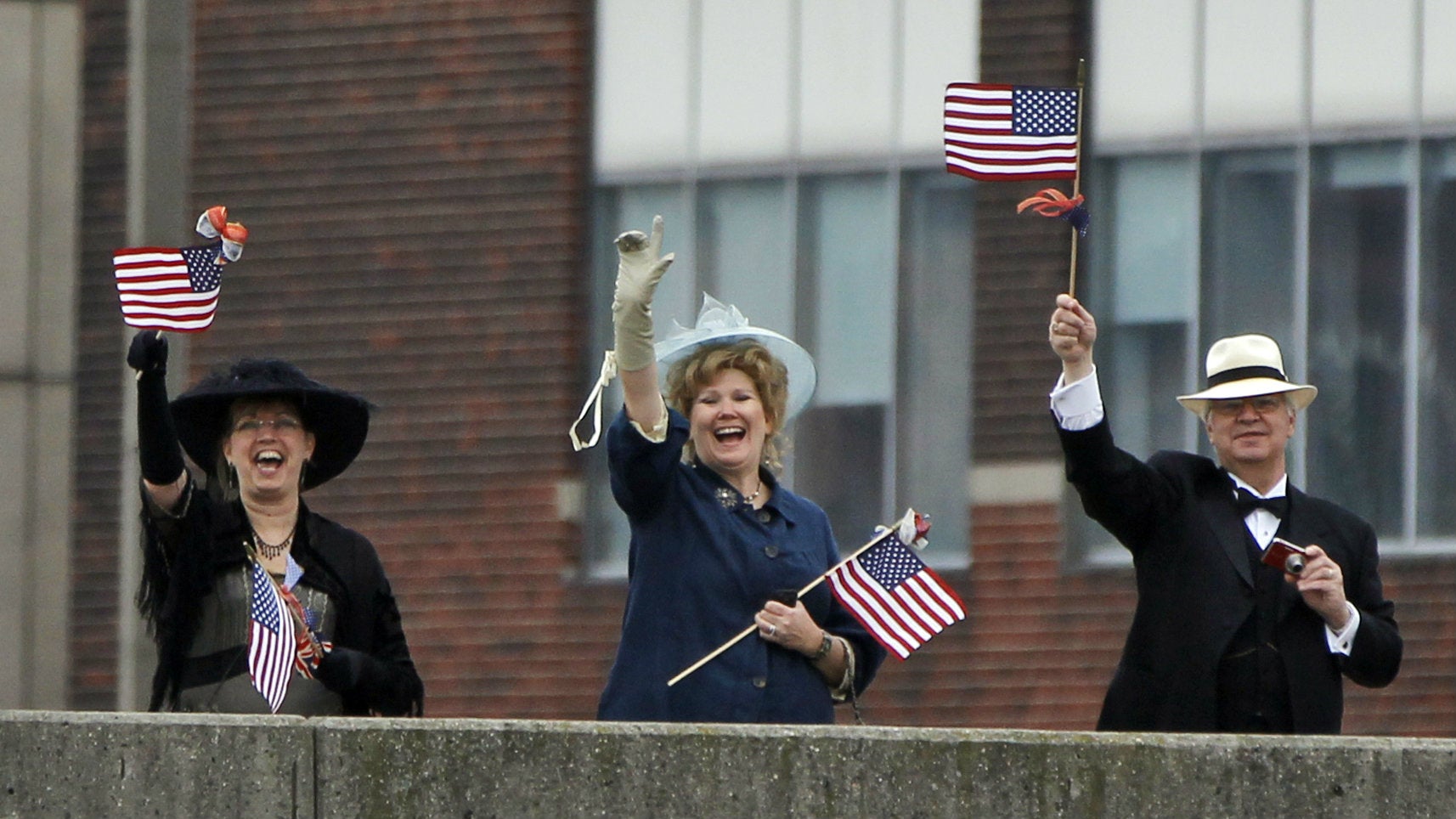The good news about the hollowing out of America’s middle class
There’s no doubt about it—the American middle class is shrinking. Fifty years ago, around 60% of Americans earned a middle-class income. If you plotted American income it looked like a bell curve, with most people falling in the middle.


There’s no doubt about it—the American middle class is shrinking. Fifty years ago, around 60% of Americans earned a middle-class income. If you plotted American income it looked like a bell curve, with most people falling in the middle.
No longer. Pew research estimates that in the past few decades, the income distribution has become both wider and flatter. The richest 1% have seen their incomes grow much faster than everyone else, while the poorest groups have fallen further behind. Where does that leave the middle class? According to Pew, some became poorer and slipped into lower income classes, but a larger share of the disappearing middle class in fact joined the upper classes.
Pew defines middle earners as anyone who earns between two-thirds and twice the median household income in a given year. In 2014, this included a three-person household earning between $42,000 to $126,000 per year. In 1971, 61% of households were middle earners by this standard. By 2015, only 50% were.
The middle class shrank by 11 percentage points over this period. The ranks of lower-earning groups rose by four percentage points. A larger share joined higher-earnings groups—a seven percentage-point increase since the early 1970s. The upper class, defined as households earning at least three times the median income, accounted for five percentage points of the increase. American incomes may be growing more unequal, but there are also more high earners than before.
The trends vary for different racial and ethnic groups. There are more lower earners today for every group except Black Americans. In 1971, 48% of Black Americans earned less than two-thirds of the median household income. Now, 43% do. This is still high relative to white and Asian Americans, but it is at least moving in the right direction. Hispanic Americans have fared the worst—in the 1970s, around one third were low earners, but now 43% are.
Even so, for most racial and ethnic groups, the ranks of high earners—with incomes at least twice the median income—grew by more over the same period.
One-quarter of white American households earn more than twice the median income, up from 16% in 1971. The significant increase in high-earning Black American households is also notable, especially when combined with the fall in the share of the lowest earners. There is still a long way to go to catch up to white and Asian American households, but—again—this is a promising trend if it continues.
The rise in high-earning households is surprising, given the prevailing narrative that American incomes have stagnated in recent decades. Some of this is due to the population aging. Older people earn more, and programs like Social Security have greatly reduced old-age poverty.
The data also reflects the presence of more women in the work force. There are now more dual-career households, which can account for higher-earning families. Pew found almost all the growth in the upper classes came from married households, which are also more likely to be well-educated. Meanwhile, unmarried men account for most of the increase in the ranks of low earners. Still, it is worth noting that despite their fall down the income distribution, unmarried men enjoy a higher economic status than unmarried women.
The American economy is more unequal than it was in the 1970s, but this is because more households have joined the ranks of the upper-middle and upper classes than have fallen into the lower-middle and lower income classes. Much of this improvement is due to changing demographics, or factors like more women entering the labor force, that can not be easily repeated. Looking back, things aren’t perhaps as bad as we thought, but the outlook for the future is more uncertain.